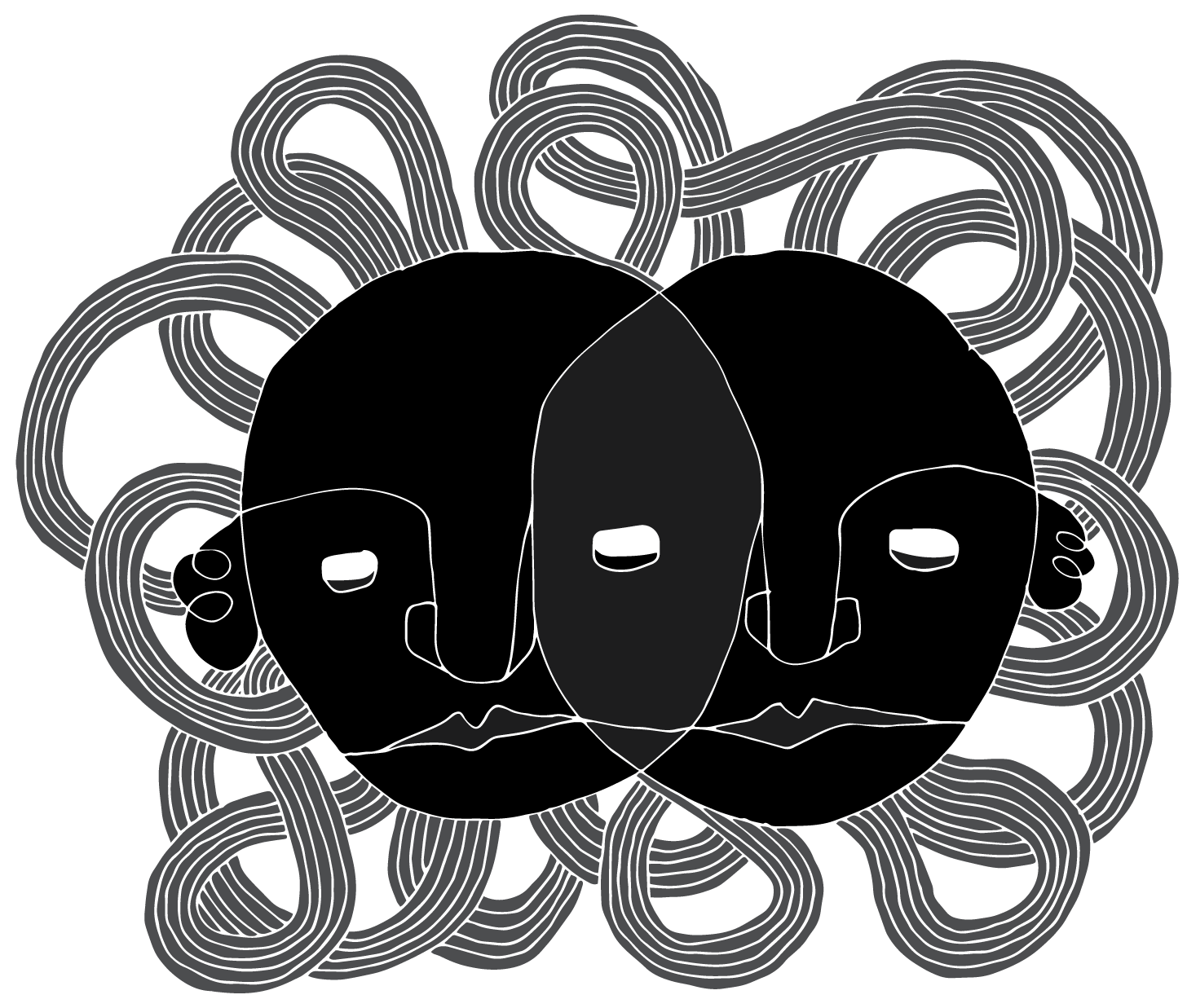
Five questions every designer needs to be able to answer and more, from the first-ever The Design of Business | The Business of Design Conference.
Exiting the lonely chill of a recent November morning and entering the bright warmth of the Yale School of Management’s open glass enclosure felt like a homecoming. No, I don’t have an MBA, but I am an alumni of AIGA’s Business Perspectives for Creative Leaders program, a one-week intensive that takes place at Yale each Summer. The first person I saw upon entering the building was Gonzalo Berro, a storied Argentinian designer, and a good friend from the AIGA program. We had both returned for the inaugural The Design of Business | The Business of Design conference (DBBD), which was born from Jessica Helfand and Michael Bierut’s podcast of the same name.

Zita Cobb, entrepreneur and founder of the Fogo Island Inn, took the stage to open the conference by talking about fish. More specifically she spoke about the symbiotic relationship between the people of Fogo Island, in Newfoundland, Canada—where Zita's family has lived for five generations—and the cod that once schooled off its shores. The towns that dot the island were isolated from one another for much of their history, trading fish and services amongst their own townspeople. The island forged deep into the twentieth century without electricity, phones, or banking—there simply wasn’t a need.
In the 1970s, fleets of commercial fishing boats began swarming off-shore to gulp the abundant cod at a clip that choked out the in-shore fishing trade overnight. By 1992 the number of cod had dwindled to near zero—Fogo Island’s way of life collapsed. Clamoring to survive, and reclaim their agency, the towns of Fogo found each other and began to rebuild.
In 2006 Zita founded Shorefast, a charity that has played a large role in building up Fogo Island’s economic and cultural resilience. They’ve achieved this resilience in part thanks to John L. Mcknight’s Asset Based Community Development (ABCD) methodology, which involves leveraging a community’s natural and cultural assets to engineer a sustainable economy from the inside out. In order to do this, a community must first identify its intrinsic natural and cultural, assets. Here Zita offered that, “Learning to see our intrinsic assets is hard. On Fogo island, we began by asking the following the questions: What do we have? What do we know? What do we love? What do we miss? And what can we do about it?”
Today, Fogo’s economy is vibrant, multifaceted, and locally owned. The island is now home to influential architecture, thriving tourism, healthy crab and lobster fisheries, and vibrant art initiatives.
The DBBD conference was itself a gathering of the design community to ponder the discipline's intrinsic assets with a mind towards fostering cultural resilience. The ABCD framework is an apt lens through which to view the entire event. So what do designers have? What do designers know? What do designers love? What do designers miss? And what can designers do?
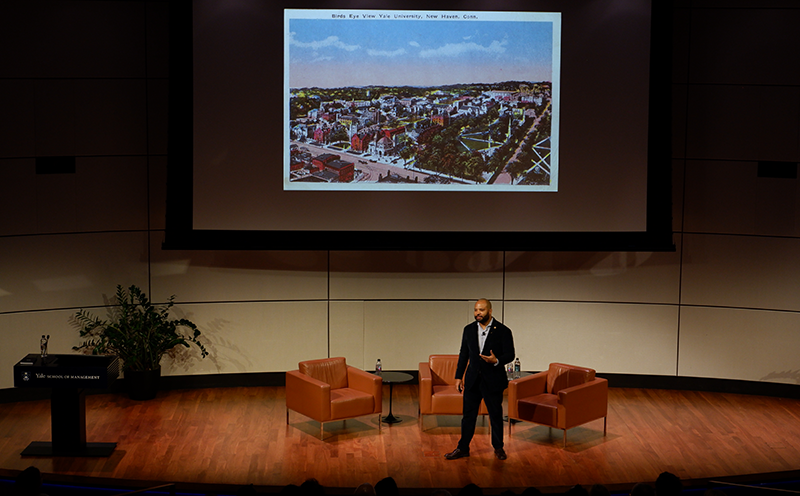
What Designers Have
Designers have the power to shape the future. But shaping the future well begins with being honest about the past. Bobby C. Martin Jr., founding partner of the branding and design agency OCD, is an apt example of a designer able to do both. His case studies always reveal the remarkably deep research that is an earmark of his distinct design process.
Martin presented the identity that he and his team recently developed for Dartmouth, a school with a complex history to face and, located between two major cities, a bit of an identity crisis to solve. The identity system followed a series of logical progressions, not unlike the series of events behind the history of any organization. “Brand is the connection that you have. The trust,” said Martin. “What happens when that trust goes away? You go back to the beginning.”
The thoughtfully crafted design system that Martin devised draws a clean, logical line between the school’s past and its future by utilizing an evergreen tree previously used in the school’s sports branding and by referencing the work of Rudolph Ruzicka—a famed type designer with close ties to Dartmouth—in the new typeface.
To craft an identity system that fits—that symbolizes the culture and values of an organization—you have to allow the markers of that organization’s history guide you. With both Dartmouth and Yale as examples, Martin questioned the nature of a university's brand equity. He highlighted Yale’s recent renaming of Calhoun College in response to the fact that John C. Calhoun was a white supremacist and an ardent supporter of slavery. He reminded us that Supreme Court justice Brett Kavanaugh is a Yale alum, and then applauded the law school faculty’s open letter imploring the Senate Judiciary Committee to investigate sexual assault accusations made against the then-judicial nominee. Through name, type, or symbol, history lives on in the present. As designers, it’s best to inform yourselves and face it head on.
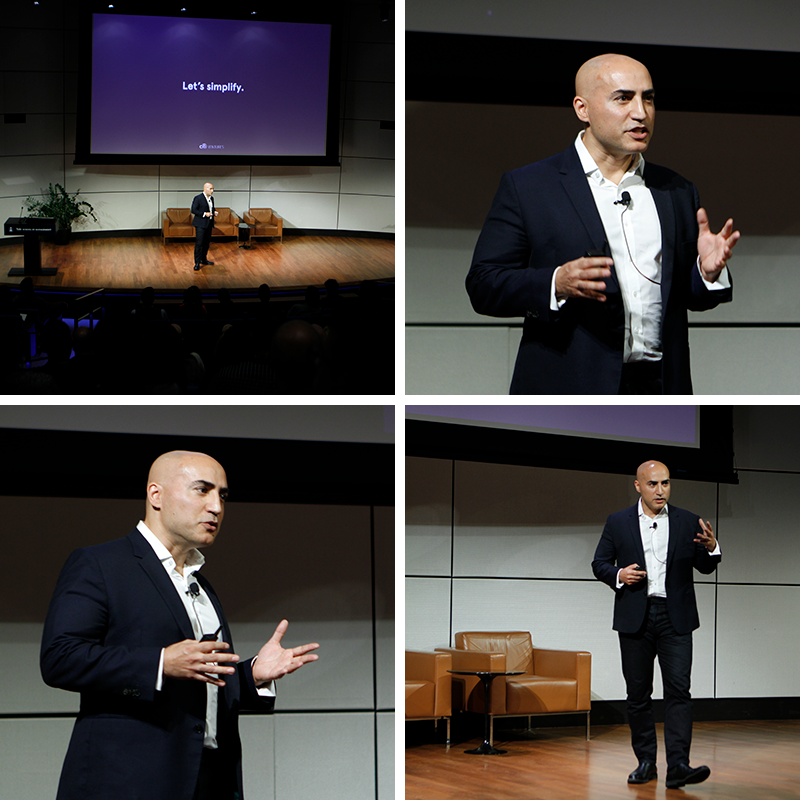
What Designers Know
Designers know disruption. This knowledge is valuable because it is rare, and it is rare because it is difficult to see, said Valla Vakili, the head of Citibank’s Ventures Studio. Disruption is often confused with the more familiar “competition,” but true disruption occurs when someone is able to deliver the value of a business without the business. Airbnb and Uber are two companies that have disrupted established industries.
When a company's leadership does become aware that their business is experiencing disruption, they typically react by defending the products they have. But disruption saps existing value propositions of their worth. An offensive position, which combats disruption by actively exploring alternatives, is more effective, according to Vakili. Not alternative products—alternative markets. He suggested that spotting alternative markets is a design capability.
For Valkili, designers understand disruption because designing is a disruptive act. Design’s value is not functional, or disciplinary—design’s value is the capacity to adapt to the unknown. Organizations need people who can manage uncertainty—they need leaders who view things as designers do, through a lens that’s open to alternatives at every turn.
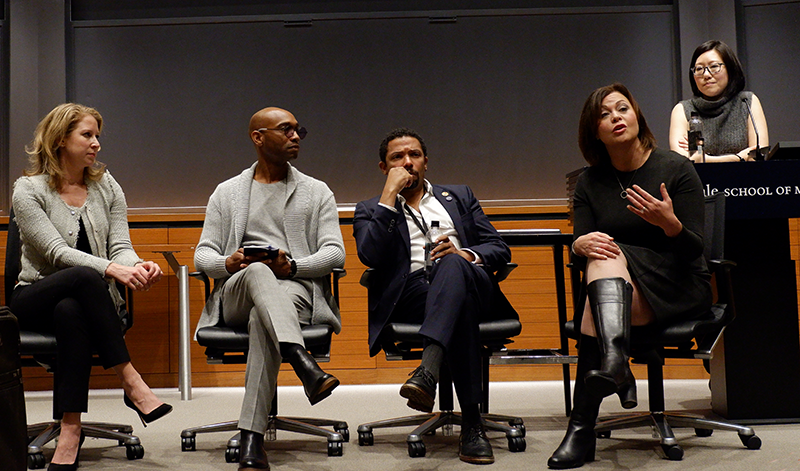
What Designers Love
Designers love solving problems, but designers can also ask the tough questions. Richard Hollant, principal of CO:LAB, achieved considerable success by conventional design industry measures, before awaking to the idea that design could do more. He began to see the potential of live-prototyping in a new light: co-creation could be a potent tool for empowering communities to overcome the barriers to their own progress.
CO:LAB has worked on a variety of projects with an ambitious shared goal of positive change. For example, facilitating workshops on social equity at the University of Hartford, and working with local legislators on social equity bills designed to improve paid family/medical leave, and pay equality. He tackles these hands-on initiatives alongside more traditional design assignments, which also have a significant social impact. CO:LAB developed the branding for The Human Rights Institute at UConn and designed an engagement campaign for Middletown’s Youth Services Bureau.
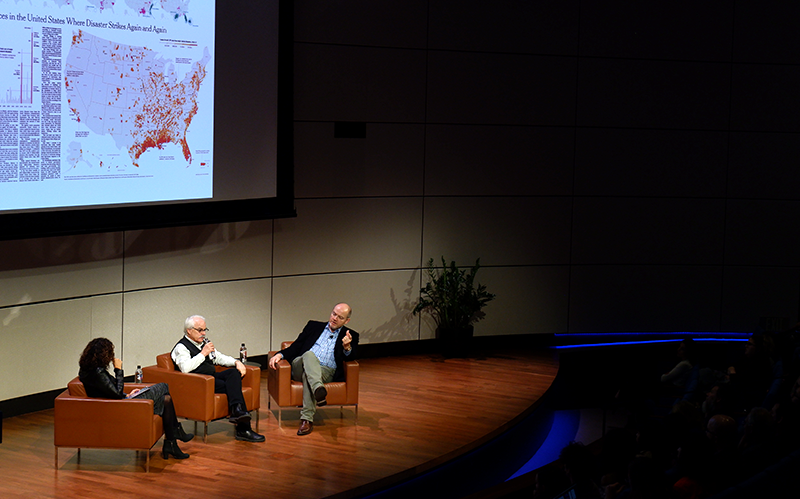
What Designers Miss
Some designers miss the days when visual communication wasn’t mired in disinformation—when messaging was taken at face value. But inaccuracy is also baked into the definition of nostalgia, the proverbial rose-colored glasses. Looking upon the past in full color reveals that the truth has always been subjective, typically defined by those in power, and often weaponized against those who are not. That said, there’s no denying that the current public discourse is tinted by uncertainty to an unprecedented degree. For their part, Mark Thompson and Tom Bodkin, the CEO and the Chief Creative Officer of The New York Times, are tackling the era of “fake news” head on.
Thompson and Bodkin felt the need to challenge that narrative with a story of their own. So the New York Times, with Droga5, produced an ad for the first time in recent memory. The ad asserted that “the truth is more important now than ever.” In order to deliver it, The Times needed to adapt. The hard truths of running a newspaper business in the twenty first century required that they become more nimble, which required they become more digital, which required that leadership adopt a higher tolerance for failure, and the product teams adopt a cross-functional stance. The result was tremendous growth.
Interviewer Ellen McGirt asked the pair how they institutionalized innovative thinking—and a willingness to fail—in an organization that hasn’t worked cross-functionally before. “It’s company leadership which actually destroys most innovation,” said Thompson. “It’s really about getting out of the way and letting it happen.”

What Designers Can Do
Designers do a lot, but they could be doing more. Heather Stern, the chief marketing and talent officer at Lippincott, believes we can close the design industry’s gender gap. That means overcoming some of the barriers (a small sample below) that are engrained in corporate culture as we know it today:
- Only 38% of companies set targets for gender representation.
- 1 in 4 moms in the US return to work within two weeks after childbirth.
- Over a quarter of women have experienced sexual harassment in the workplace—of those 46% say that harassment caused them to leave jobs or switch careers.
- Mandate equal parental leave or at minimum, reasonable paid leave, for mothers.
- Have clear, consistent criteria for hiring, reviews, and advancement.
- Call out behaviors and rhetoric that might make some uncomfortable.
- Think about how job listing language can attract or detract female applicants.
- Make sure all the women at the table have a chance to speak.
- Serve as a mentor, sponsor, or coach.

While at the conference, I met an undergraduate student from North Carolina named Richard Sheffield. He appeared thrilled by the whole scene. I assumed he was a design student but as I got to know him, I learned that he was studying sociology and economics, and that—inspired by the DBBD podcast—he had bought his own ticket to the conference. This bowled me over. I know graduate MBAs are being taught design thinking, but, an undergraduate liberal arts student buying a ticket to attend a design conference? To my mind Richard’s presence was evidence of a new ripple in the outward expansion of design’s intrinsic value proposition.
Indeed, Valla Vakili’s observation is applicable to all of the stories shared above: design is more than functional, or disciplinary, its methods present a model for how to effectively adapt to the unknown. Apply Vakili’s lens to the story of Fogo island and it becomes an allegory for the economic disruption that has been brought about by the digital era. And when the paradigm shifts in earnest, a designer’s mindset will become a valuable compass for navigating the comprehensive disruption.
This differs slightly, but significantly, from the value proposition put forth by design thinking: the idea that the design process is a universal recipe for innovation. In my own career I’ve perpetually produced a churning sea of print and digital products and services, but it’s occurred to me lately that the design process hones my ability to be unfazed by uncertainty, ambiguity, and upheaval. This is the very definition of a growth mindset. The idea—which has been confirmed by research—that all of our attributes, from intelligence to creativity, are elastic and retain the capacity for growth throughout our lives.
Within the field of design, a growth mindset is the survivable trait. Those with fixed mindsets—who respond defensively to criticism, and who blur the line between the value of their work and their own self-worth—are priming their design careers to expire. Humility, flexibility, and the capacity to continuously learn are all prerequisites for prolonged advancement in the field. The DBBD conference explored the many intersections of business and design, but it was also a reminder that design’s intrinsic value transcends economics. Design has the capacity to make us resilient in the face of the unknown.
